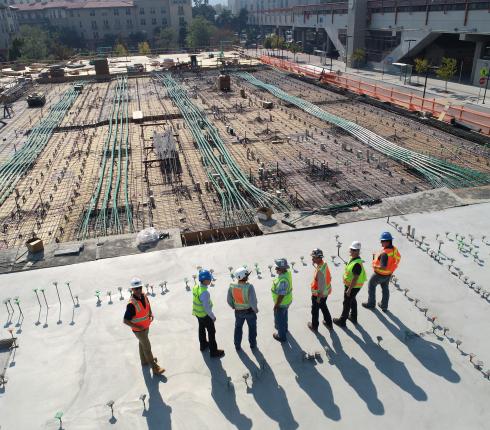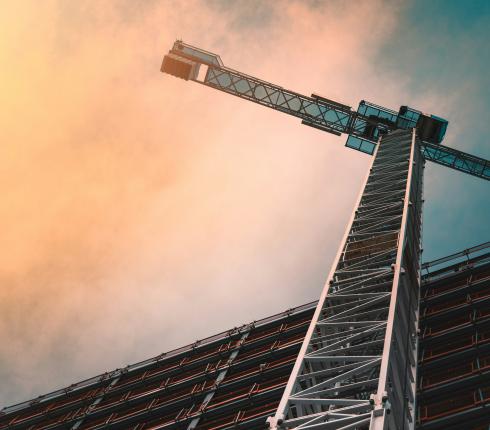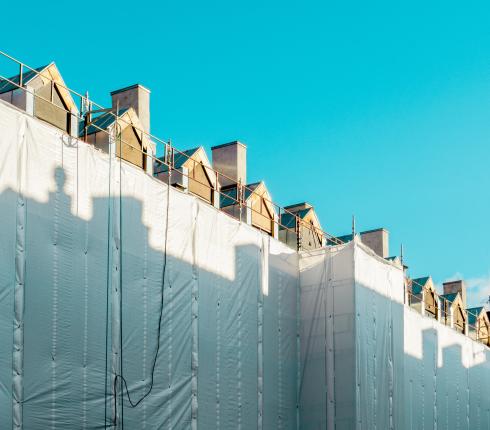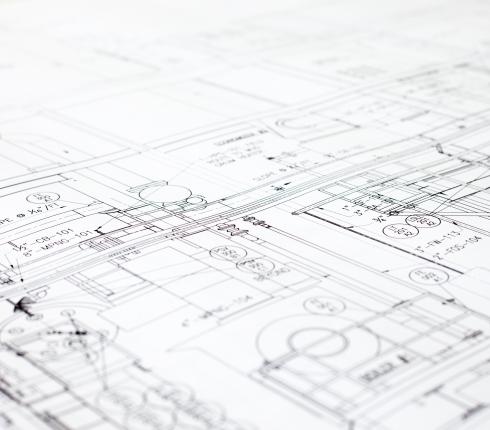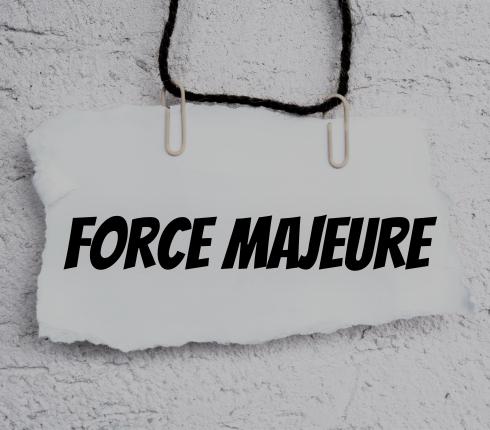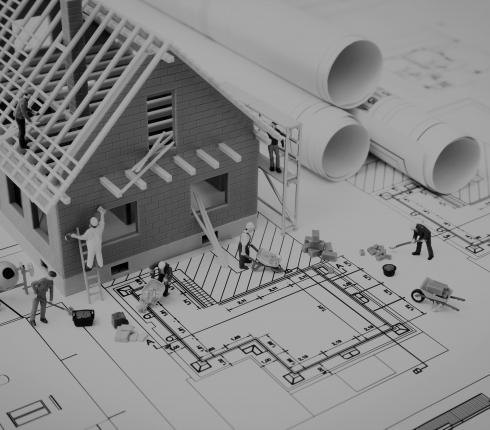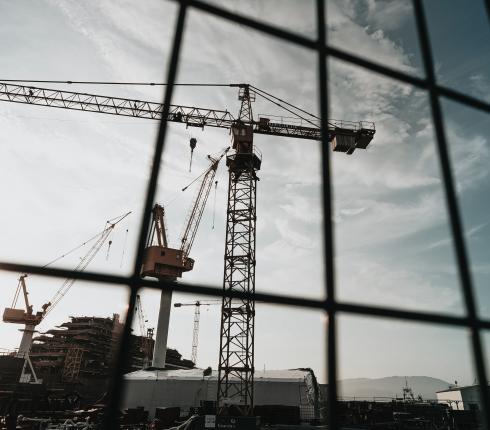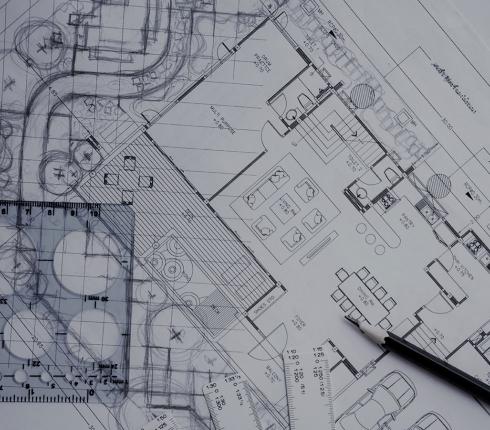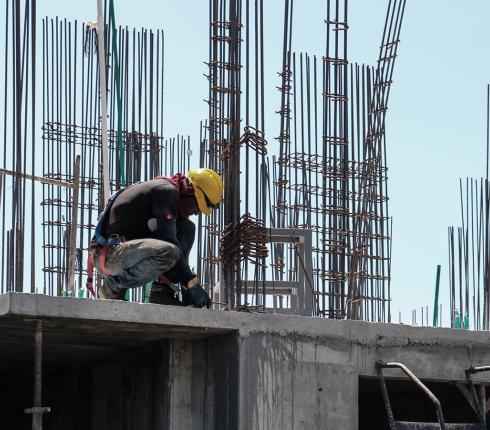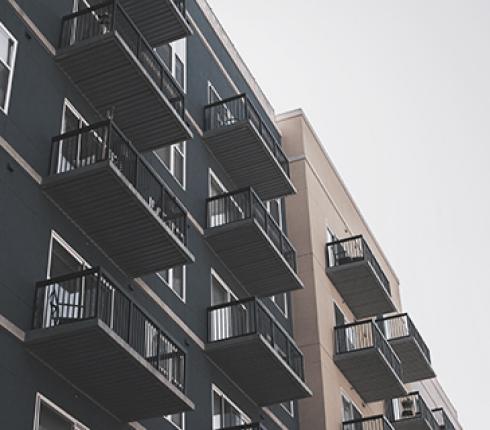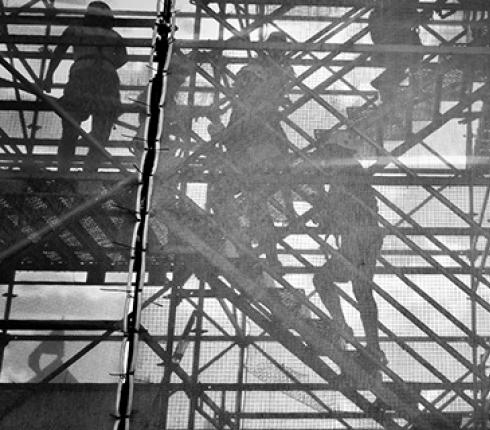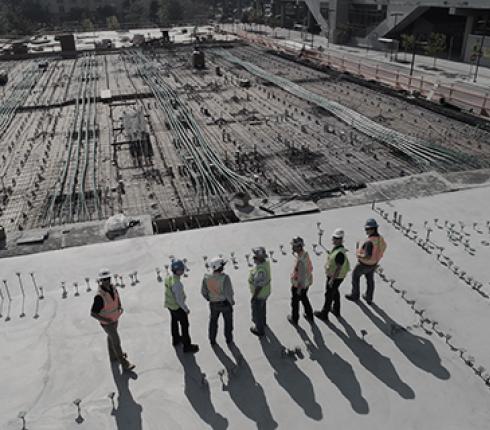NJORD Estonia: Does a construction work have a warranty?
01.07.2015 hakkas kehtima Ehitusseadustik, mis kodifitseerimise käigus tõi kaasa mitmeid olulisi muutusi ehitusõiguse regulatsioonides. Üks oluline muudatus puudutas ehitise garantiid.
According to the Building Act that was in force before July 1, 2015, a building contractor had an obligation to ensure that the construction work or any part thereof built by the contractor would, if used for its intended purpose and properly maintained, retain for a specified period of time the safety and usability properties and the high quality required for the use of the construction work. The warranty of construction work applied to clients who engaged in economic and professional activities or the buyers of immovables. This kind of warranty no longer exists for clients engaged in economic and professional activities.
Since the Building Code took effect, the warranty of construction work only exists when there’s a prior agreement for it. The builder and the receiver of the warranty must conclude an agreement for the warranty to apply and specify the conditions of the warranty. This agreement must also include information about whether, and in what amount, the warranty can be transferred to a third person.
It’s common for the real estate developer to have established a company to carry out the development project and people can buy apartments in a new development directly from the real estate developer. Since real estate developers and builders engage in an economic and professional activity, they must always agree upon the warranty of a construction work in the construction contract. Without an agreement, the construction work will not have an applicable warranty after the developer accepts the job from the builder. Since the Building Code does not provide regulations about warranty of construction work when it comes to construction contract concluded between entrepreneurs, it is especially important to phrase clear and unambiguous warranty conditions in the warranty agreement.
Regardless whether the developer has an agreement with the builder about the warranty of a construction work, the consumer (so-called regular person) is protected by the Law of Obligations Act. According to the Act, when a builder builds a construction work to a consumer, the defects that occur in the first two years existed at the time of the purchase or delivery. It’s important to note that it doesn’t matter whether the immovable sold is new or used. Although agreements which are detriment to the consumer are void in Estonia, it might still be difficult to protect your rights without a warranty agreement. You must consider that Law of Obligations Act’s regulations are limited to easing the burden of proof of the consumer – if defects appear during the first two years of purchasing, the consumer doesn’t have to prove that they existed at the time of purchase or delivery. Therefore, it’s also recommended for the consumer to specify the terms and conditions in the construction contract for removing defects, as well as define sanctions for the builder for failing to fulfil the obligations arising from the warranty.
Since construction works are usually built to last longer than two years, sometimes longer warranties were agreed upon before the summer of 2015. The earlier, universal two-year warranty was based on a mutual understanding that if a building has seen all four seasons, existing defects should become visible. A warranty agreement helps reduce risks in a situation, where defects might appear later. It’s difficult to define a reasonable warranty period, but you can already find real estate offers that advertise a three or five year warranty periods for construction works. As they say, demand generates supply.
In conclusion, when ordering building work, investing in real estate or purchasing real estate, it’s important to pay attention to the warranty of the construction and its conditions. You should probably take into account that when building or purchasing an immovable with a longer warranty period, the cost of the square footage will be higher, but it’s probably lower than if you must pay to have construction defects removed yourself.






